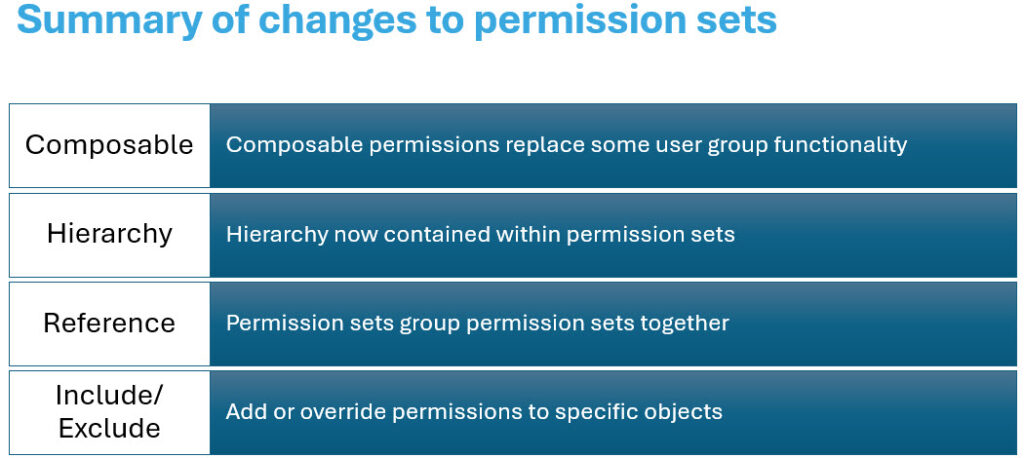Closing the Loop on Permissions: Strategies for Secure Access in Microsoft Dynamics 365 Business Central
Recent updates to Microsoft Dynamics 365 Business Central have introduced significant enhancements to its permission model, improving flexibility and control over user access. As detailed in the MSDW article Moving Beyond User Groups to Hierarchical Permission Sets in Dynamics 365 Business Central, Microsoft has deprecated User Groups and introduced Security Groups. Additionally, permission sets now support hierarchical structures, streamlining user management and enhancing overall security.
This article provides a structured overview of these changes, explores best practices for implementing permissions effectively, and shares insights from real-world experiences.
Summary of Permission Set Changes
Security Groups
Security Groups facilitate centralized user permission management through Microsoft 365, simplifying the process of assigning the correct permissions. While they replace some capabilities of deprecated User Groups, they do not cover all aspects.
Composable Permission Sets
Composable permission sets provide an alternative to User Groups by allowing permission sets to reference other permission sets, improving modularity and reusability.
Hierarchical Permission Structure

The introduction of a hierarchical permission model enhances flexibility by allowing:
- Automatic updates to assigned permissions by Microsoft while maintaining the ability to exclude specific permissions as needed.
- Selective inclusion of missing permissions based on user requirements.
- Record-level filtering to restrict access to specific groups of users.
Implementing a Permission Management Project
Defining the Scope
A successful permissions implementation requires careful planning and organizational alignment. Key considerations include:
FREE Membership Required to View Full Content:
Joining MSDynamicsWorld.com gives you free, unlimited access to news, analysis, white papers, case studies, product brochures, and more. You can also receive periodic email newsletters with the latest relevant articles and content updates.
Learn more about us here